10 exciting big cities in Asia
10.02.2019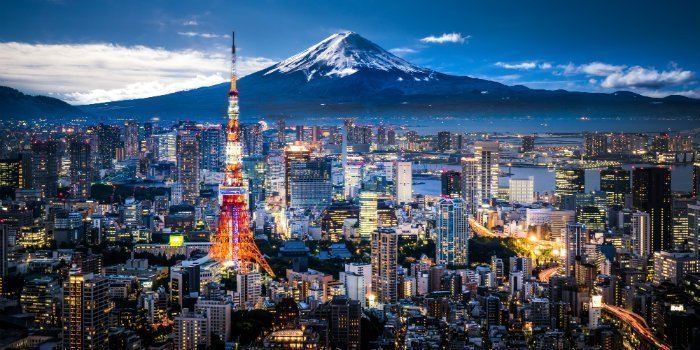
Asia has an incredible number of exciting big cities, offering everything from modern shopping to cultural experiences.
The ancient cities of Asia, founded many centuries ago, are still undergoing major development. So there are experiences of a more modern nature, but they also offer beautiful, ornate temples.
You will find everything your heart desires in the Asian metropolises.
Read more about 10 exciting big cities in Asia below.
Bangkok, Thailand
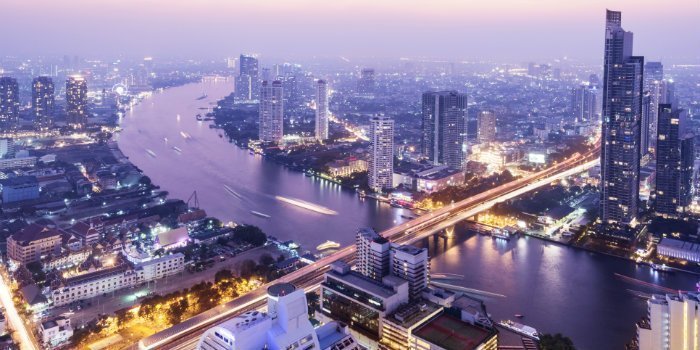
With 9.2 million inhabitants, Thailand’s capital, Bangkok, is the most populated city in the country – and home to 13% of the country’s total population. There has been enormous growth in the capital since the 1980s, and today, Bangkok is divided into 50 districts, which are further divided into 169 sub-districts.
The vast growth that Bangkok has undergone is clearly evident in the appearance of the city. Bangkok offers a mix of modern skyscrapers of steel and glass and centuries’ old temples dotted around the city. It is this special blend of new and old that makes the city so unique.
The city houses an unbelievable number of beautiful and fascinating historical monuments and temples. One of them is the spectacular royal palace, the Grand Palace, dating from 1782, which has been home to the Thai royal family for 150 years. Today, you can visit the royal palace and see the complex’s famous gold pagoda and its beautiful temples, including Wat Phra Kaew (the Temple of the Emerald Buddha ), where you can see the Emerald Buddha carved out of a single block of jade.
Bangkok is also home to one of the world’s largest markets – Chatuchak Weekend Market – where you will find more than 8,000 different stalls selling everything between heaven and earth. If you are looking to buy fabulous scarves, chopsticks for Thai-themed dinners or to taste an ice cream, you’ll find it here.
Beijing, China
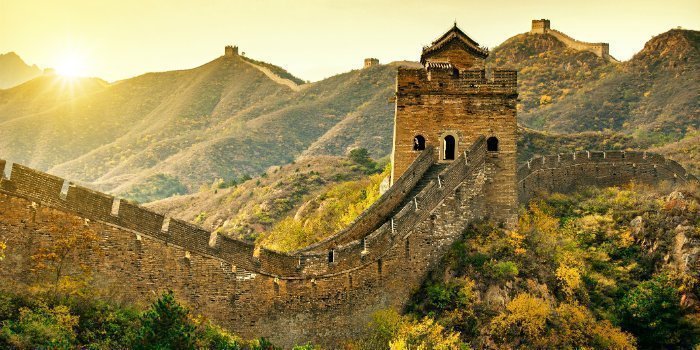
In northern China is Beijing, the country’s capital.
Beijing was founded some 3,000 years ago, making it one of the oldest cities in the world. Over the centuries, the city has also been a power centre from which the Chinese governments have ruled China. Over time, the city has had several different names, and Beijing is its 16th and latest name.
Today, the city is a metropolis with a population of 22 million, around 11% of which has Wang as its surname!
As Beijing’s history dates back so far, there are a lot of fascinating cultural heritage and historical sights in the city, where you can while away many an hour. In and around Beijing, there are seven UNESCO World Heritage Sites, such as the Great Wall, the Forbidden City, which is the world’s biggest palace, and the Summer Palace.
A common feature of many of the Chinese monuments is the sheer size of them! The Great Wall extends 8,852 km through the Chinese landscape, the Forbidden City contains no fewer than 970 buildings with more than 8,700 rooms, and the Summer Palace consists of 3,000 buildings, bridges and towers.
Tokyo, Japan
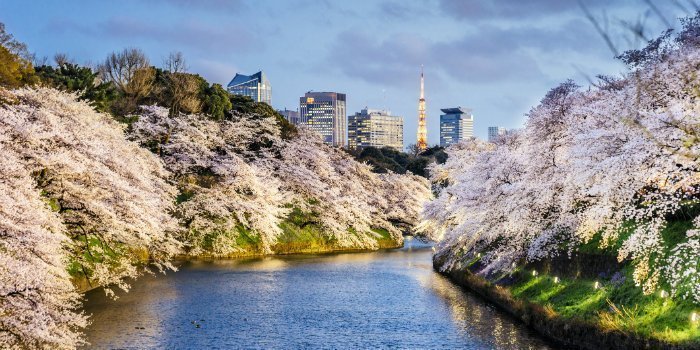
Tokyo, the capital of Japan, offers a wealth of unique sights in its diverse neighbourhoods.
The city has an outstanding infrastructure, which is particularly smart in view of the fact that the city has 9.36 million inhabitants to get from A to B. Shinjuku station is the most used station in Tokyo. 3.6 million people travel to, from or through the station every day, making it one of the busiest stations in the world.
Today, the city consists of 23 different districts, each with a unique atmosphere.
The district of Asakua is a must-see when visiting Tokyo. This is where you will discover the 1,300-year-old Sensoji Temple. The Ueno district has some amazing museums, but its most famous feature is Ueno Park, where there is also a zoo. Japan is also world famous for its annual cherry blossom, and during this season, Ueno park is coloured in beautiful shades of pink.
Tokyo is also the place for shopping, culture and entertainment! And for those who love shopping, the Ginza district is a mecca of fashion houses and technology stores. If you are in the area in the morning, you can experience the world’s largest fish market, Tsukiji, where some of the most expensive fish are sold for hundreds of thousands of dollars.
Ho Chi Minh City, Vietnam
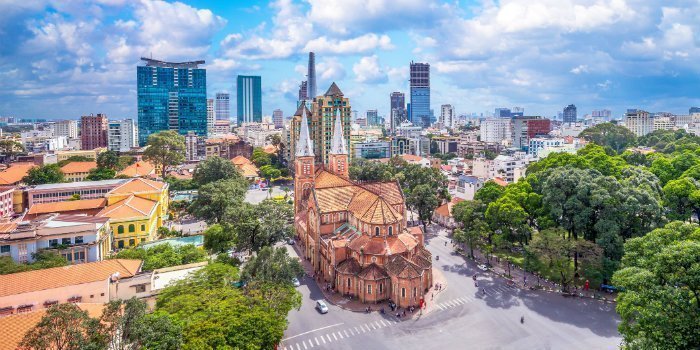
Prior to the 17th century, Ho Chi Minh City was a small port town by the name of Prey Nokor, and part of Cambodia. Today, Ho Chi Minh City, with 8.2 million inhabitants, is Vietnam’s largest city.
The first time you visit Ho Chi Minh City, the traffic may seem overwhelming – and for good reason! Some 1.5 million motorcycles drive around the city every day. And that means that there are 25 times as many motorcycles as there are cars.
The city’s history has shaped the urban cityscape, and Ho Chi Minh City’s architecture is a mix of French buildings and steel and glass skyscrapers.
French colonisation in the 19th century influenced the city’s architecture. A particularly famous building, built during colonisation, is the post office – Saigon Central Post Office – which was built by Gustave Eiffel, who also built the Eiffel Tower in Paris. The post office is incredibly beautiful and therefore popular with tourists.
A few hours’ drive from Ho Chi Minh City, you will discover the underground Cu Chi tunnels, built by the North Vietnamese Viet Cong. The tunnel system connected command centres, places of residence, schools and training facilities. The tunnels were also used to facilitate attacks on Americans during the Vietnam War.
Vietnam is also famous for its food culture. The Vietnamese often eat food from the city’s street kitchens, which are said to be some of the best in the world. Although it can often be hot in the city, the Vietnamese drink an incredible amount of tea. There are tea houses in several places in the city where the owner tells the customers about the different types and what they are good for.
Phnom Penh, Cambodia
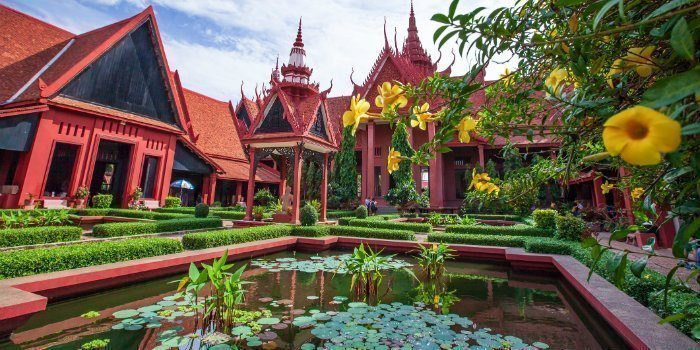
Right on the Mekong River is the capital of Cambodia, Phnom Penh. The city was founded in 1372 but it did not become the capital until 1865.
Phnom Penh has a dismal past, which you can learn all about at the Tuol Sleng Museum. Here, you will gain an insight into the genocide, when 17,000 people were murdered at Choeung Ek, also known as the Killing Fields, under the Khmer Rouge regime from 1975–1979.
If you travel to the capital today, you will experience the city’s unique charm. In Phnom Penh, you will find both beautiful French villas from the colonial era and magnificent Buddhist temples. You can, for example, visit the silver pagoda, some of the floor of which is covered with 5,000 silver tiles, hence the name. In the temple, you will also see a 90 kg Buddha statue made of gold.
You can also visit Cambodia’s National Museum, the country’s biggest museum. The building is an incredibly beautiful example of Khmer architecture and it is built of red sandstone. In the evening, things really come to life at Phsar Thmey, a large indoor market where you can buy everything from jewellery, clothes and souvenirs to seafood.
Kyoto, Japan
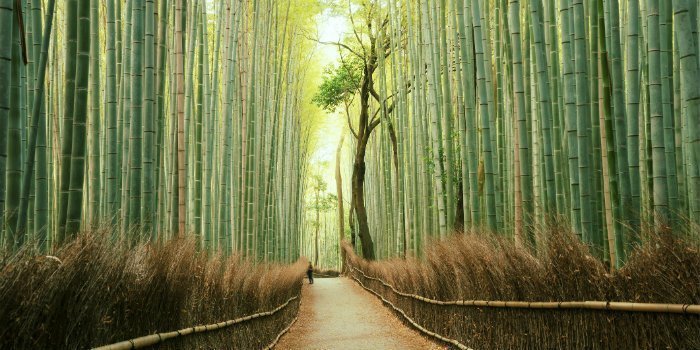
Kyoto was Japan’s capital for 1,000 years, and the city is Japan’s cultural centre today.
There are more than 1,600 Buddhist temples in the city, and there are no fewer than 17 UNESCO World Heritage Sites in the city. 20% of Japan’s national treasures are to be found in Kyoto.
Visit, for example, the Fushimi Inari Shrine, which was founded in 711. When approaching the temple, you have to make your way through the Torii gates, which are Japanese temple gates. In fact, there are many small gates, one after the other. The gates are also found along paths, making for a highly unique experience.
Although the temples have great historical significance, the bamboo grove is actually one of the main attractions in Kyoto. The bamboo grove consists of perfectly straight, green bamboo trees, towering side by side, so it looks as if they are almost growing up into the sky. The grove is like no other forest you will ever have seen before, and it is therefore one of the most famous attractions in Japan.
Kyoto is also known for its many beautiful gardens, often surrounding the temples.
Hanoi, Vietnam
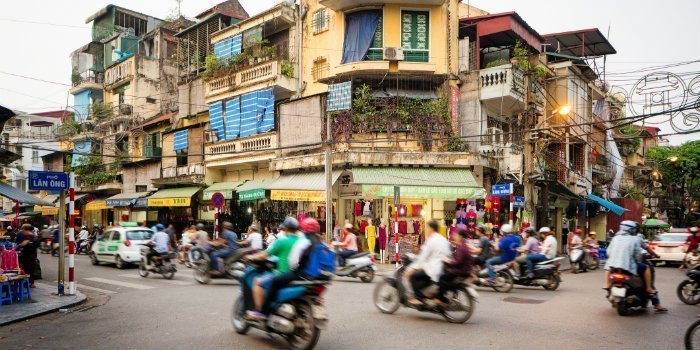
Hanoi is not the largest city in Vietnam, but has nevertheless been the nation’s capital since 1010.
Today, Hanoi is home to 7.7 million people.
Over time, Hanoi has also been colonised by the French, but Vietnam’s former Communist leader, Ho Chi Minh, freed the country from French colonisation in 1954. The French colonisation has left its mark on the cityscape in Hanoi. There is, for example, the French Quarter, where you can see French colonial buildings, not to mention plenty of shopping and luxury shops.
The old quarter of Hanoi dates back to the 14th century, and has been a trading district over the years. The area offers a multitude of experiences. Visit, for example, Dong Xuan Market, Hanoi’s largest market. The streets in the neighbourhood are lined with small stalls selling everything from toys to silk ties. The old quarter is also where you will find the Saint Joseph Cathedral, which is inspired by Notre Dame in Paris.
Close to the old quarter lies the lake, Hoan Kiem, which visitors and locals often visit to relax or to do Tai Chi. A wooden bridge takes you across to a small island in the middle of the lake, where you can see the Ngoc Son Temple, a small pagoda built in the 13th century.
Shanghai, China
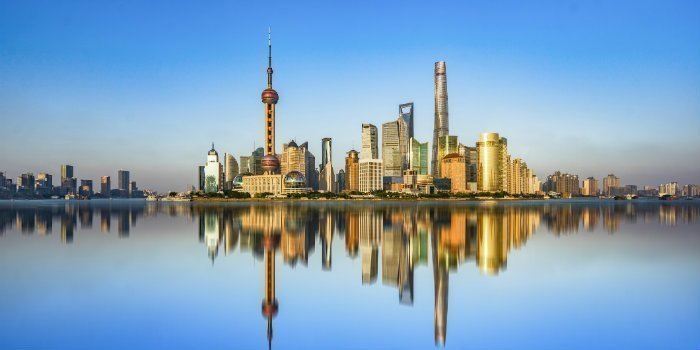
Shanghai sits on the estuary of the Yangtze, which leads into the East China Sea. With 25 million inhabitants, Shanghai is not only China’s largest city, but one of the largest cities in the world.
Walk along the Bund promenade, which stretches over 1.5 km. Along the promenade, you will discover beautiful historic buildings, built in various architectural styles. It is also from the Bund that you get the best view of Shanghai’s famous skyline, one of the most spectacular skylines in the world.
In the French Concession, it feels as if you are leaving the city for a while and heading into a small neighbourhood of a small town with small shops and pleasant villas. Trees were that were imported in the early 20th century were planted along the streets.
In Shanghai, you can also discover the Old City (南市), where you get a feel for what the China of old looked like. Even though there are modern buildings among the old, the district is still filled with charming ancient temples. A traditional activity in the district is to enjoy a cup of tea in one of the beautiful tea houses.
Chiang Mai, Thailand
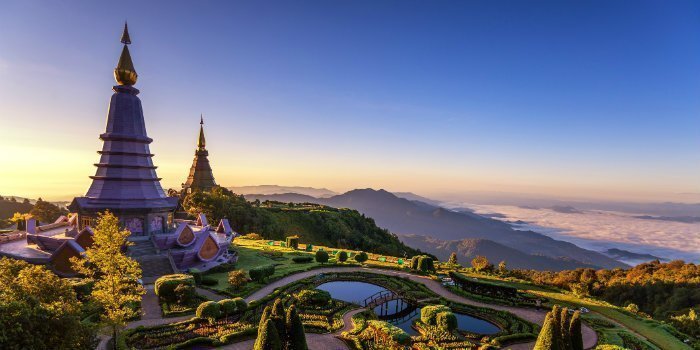
In northern Thailand is Chiang Mai, which offers a host of cultural experiences. The city is the second largest city in Thailand and was founded in 1296.
Chiang Mai has more than 300 temples, making it the city in Thailand with the most temples. One of the main attractions is the 14th Century Wat Phra That Doi Suthep Temple, one of the most beautiful and holiest temples in Thailand. In the middle of the temple, there is a 24-metre-high gilded pagoda.
One of the popular evening activities in Chiang Mai is shopping. Explore some of the city’s many night markets, where you can buy everything from Thai crafts to souvenirs and food. There are also many shopping malls just outside Chiang Mai.
Osaka, Japan
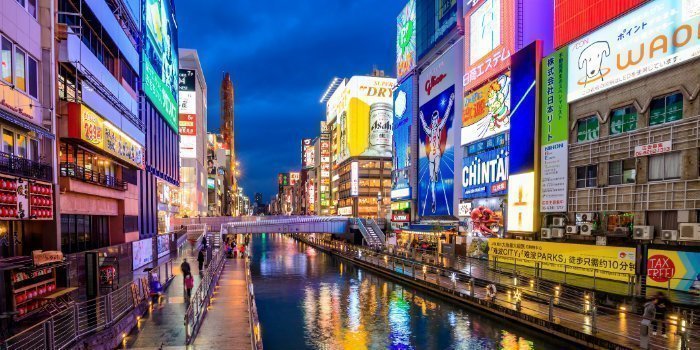
Osaka is Japan’s third largest city, where you will find modern districts, beautiful parks and catch a glimpse of “ancient Japan”.
The city is divided into two urban areas – Kita in the north and Minami in the south. The city’s financial heart is located in Kita, where several companies stand side by side with restaurants and hotels. In Minami, you will be greeted by a host of exciting restaurants and a sea of neon lights in the cityscape. You can also shop in the Midouji area of Minami, which is Osaka’s shopping area.
Dotonbori is the city’s “entertainment district”, where you will find neon signs and crowds of people. Go for a walk along the Dotonbori Canal, for example, where you can enjoy a delicious meal at one of the many good restaurants that the area is famous for. The neighbourhood comes to life in the evening when the atmosphere changes and all its colourful neon lights are switched on.
If you want a break from the big city, Osaka has many beautiful parks worth a visit. Every year in March, the parks transform into small, pink dots of cherry blossom in Osaka’s urban landscape. One of the largest parks in the city is Tennoji Park, where there is a zoo and a museum.
You can also visit the 170-metre-high Umeda Sky Building, which offers a beautiful panoramic view of the city’s skyscrapers.
If you wish to experience traditional Osaka, visit Hozenji Alley, a street lined with traditional Japanese restaurants and shops, which is said to be one of the most beautiful places in the city.
On a tour to one of the Asian cities, you will discover the mix of ancient Asia and modern development that characterises the major cities.
Explore the ancient neighbourhoods, the beautiful, historic temples and pagodas while experiencing a modern city. You will also discover the interesting contrasts between Asian and European culture, which are seen in the cities that have previously been colonised.
Each city has its own unique expression, shaped by the city’s rich history. No matter which Asian city you travel to, you will return home many wonderful experiences the richer.
TourCompass – From tourist to traveller
